Mastering Slow Pitch Jigging: Best Rods, Reels & Tips for Ice & Saltwater
Slow pitch jigging has taken the fishing world by storm, offering anglers a versatile and effective technique for targeting fish in both ice fishing and saltwater environments. Whether you’re drilling through frozen lakes or casting into open seas, having the right gear and knowledge is key to landing big catches. In this guide, we’ll dive into the best rods, reels, and tips to elevate your slow pitch jigging game, featuring essential tools like ice fishing jig sticks, gooseneck slow pitch jigs, and more.
Why Slow Pitch Jigging Works for Ice & Saltwater?
Before we jump into gear, let’s understand why slow pitch jigging is a go-to method for diverse waters. This technique uses rhythmic, controlled rod movements to mimic injured baitfish, triggering predatory strikes. Its adaptability makes it perfect for ice fishing, where precision and sensitivity are crucial, and saltwater, where fish like snook, trevally, and cod respond to subtle presentations.
1. Best Rods for Ice Fishing & Saltwater Slow Pitch Jigging
Ice Fishing Jig Sticks: Precision in Cold Conditions
Ice fishing demands rods that balance sensitivity and strength. A top choice is the wooden ice fishing jig stick, which combines the natural responsiveness of wood with durability. Look for models with a moderate action (moderate-fast is ideal) to detect light bites through the ice. These rods are typically shorter (30–40 inches) to maneuver in tight spaces and handle the vertical presentation required in frozen lakes.
Slow Pitch Jigging Rods for Saltwater
For saltwater adventures, opt for slow pitch jigging rods designed for heavy-duty use. These rods feature:
- Gooseneck tips for enhanced sensitivity and the ability to “load” the rod with each pitch.
- Progressive taper for smooth power transfer, crucial when targeting larger fish.
- Lengths ranging from 6.5 to 7.5 feet to accommodate different jig sizes and casting distances.
Whether you’re chasing species like redfish or amberjack, a well-designed slow pitch jigging rod ensures you can handle both finesse and aggressive retrieves.
2. The Ultimate Reels: Pairing with Your Rod for Success
Slow Pitch Jigging Reels: Smooth Retrieval & Durability
A reel’s drag system and gear ratio are critical for slow pitch jigging. Choose a slow pitch jigging reel with:
- A high gear ratio (6.2:1 to 7.1:1) for quick, controlled retrieves without sacrificing cranking power.
- Smooth, corrosion-resistant drag washers—saltwater anglers should prioritize graphite or aluminum bodies with stainless steel components.
- A large line capacity to handle various line weights (monofilament, braid, or fluorocarbon).
For saltwater jigging, look for reels labeled as “best saltwater jigging reels” that specifically mention resistance to saltwater corrosion and reliable drag performance under heavy loads.
Ice Fishing Reel Considerations
While ice fishing rod often uses specialized reels, many slow pitch jigging reels work well when paired with ice fishing jig sticks. Focus on compact, lightweight models with smooth drag to prevent line twist in cold temperatures.
3. Pro Tips for Mastering Slow Pitch Jigging
Rhythm is Key
The foundation of slow pitch jigging is a steady, rhythmic cadence. Start with slow, deliberate lifts of the rod tip (2–4 inches), pause briefly, then let the jig fall naturally. Vary the speed and pause length to mimic different baitfish behaviors—faster retrieves mimic panicked prey, while slower drops attract curious fish.
Jig Selection & Rigging
- Use gooseneck slow pitch jigs for their ability to maintain a vertical presentation and “kick” when the rod loads, creating irresistible movement.
- Match jig weight to water conditions: 1/8–1/4 oz for ice fishing, 1/4–3/8 oz (or heavier) for saltwater wind and current.
- Experiment with skirts or soft plastic trailers to add vibration and scent, especially in murky saltwater.
Location, Location, Location
In ice fishing, target drop-offs, weed edges, and areas with baitfish activity (often near structure). In saltwater, focus on structure like reefs, piers, or channel edges where fish ambush prey. Always observe local regulations and use live bait or soft plastics to enhance attraction.
4. Essential Gear Checklist for Ice & Saltwater Slow Pitch Jigging
- Rod: Ice fishing jig stick (wooden, 30–40 inches) or slow pitch jigging rod (6.5–7.5 feet, moderate-fast action).
- Reel: Slow pitch jigging reel with high gear ratio and corrosion-resistant build (prioritize “best saltwater jigging reel” features if fishing in salt).
- Line: Braid Line(10–20 lb test for saltwater, 4–8 lb for ice) or fluorocarbon (stealthier in clear water).
- Accessories: Leader material, swivels, and a landing net (gentle on fish for catch-and-release).
Conclusion
Slow pitch jigging’s versatility makes it a must-try for anglers of all levels, whether you’re braving icy waters or casting in the salt. By investing in the right tools—an ice fishing jig stick or slow pitch jigging rod paired with a reliable slow pitch jigging reel—and mastering the rhythm of the retrieve, you’ll unlock new levels of success. Remember: patience and adaptation are your best allies. So grab your gear, head out, and let the slow pitch magic happen!
Ready to dive deeper? Explore our guides on specific species targeting and advanced slow pitch jigging techniques. Happy fishing!



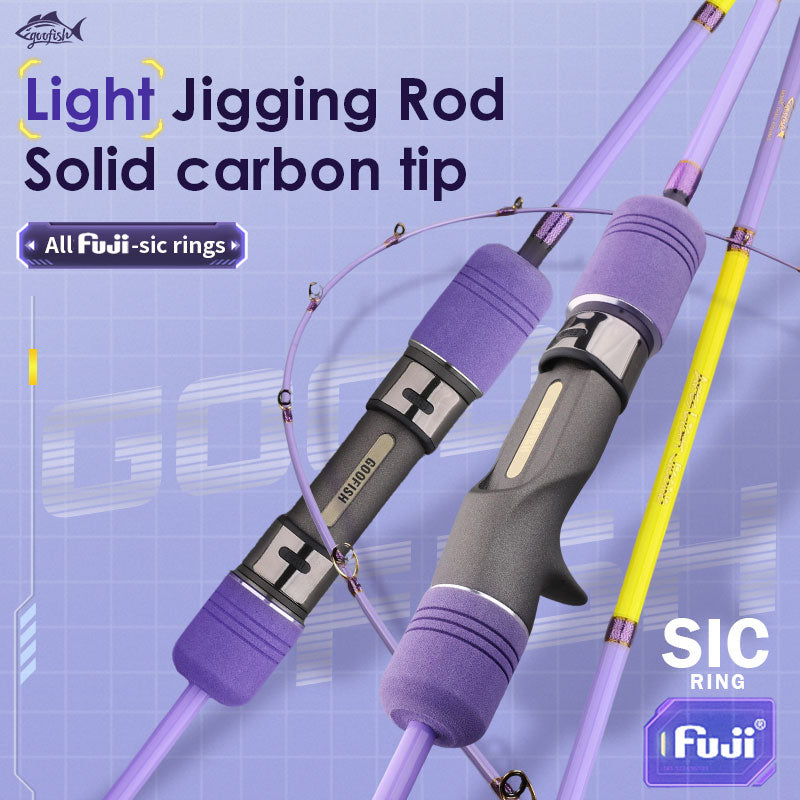
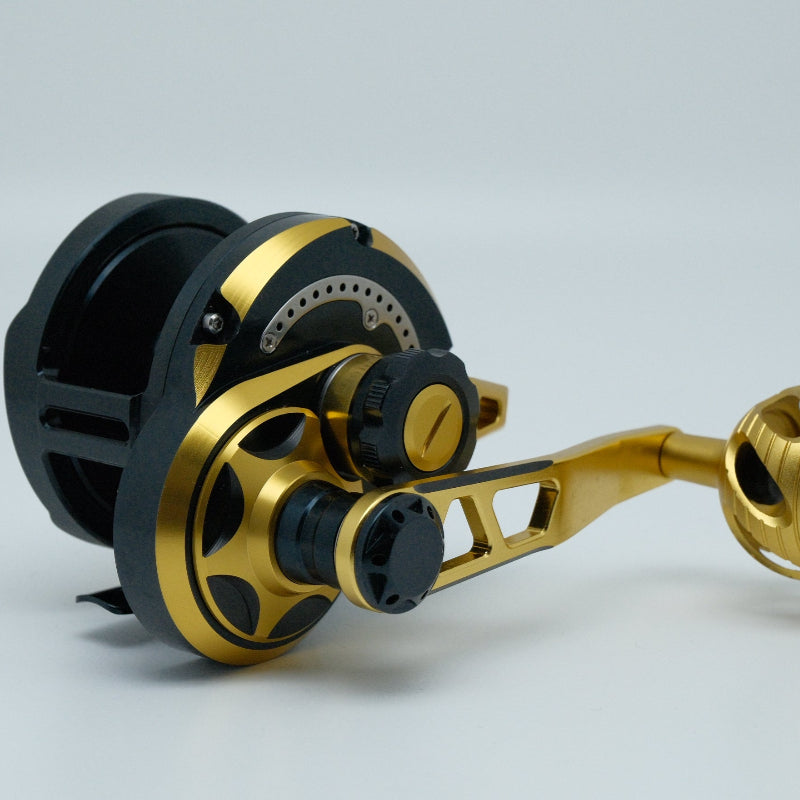
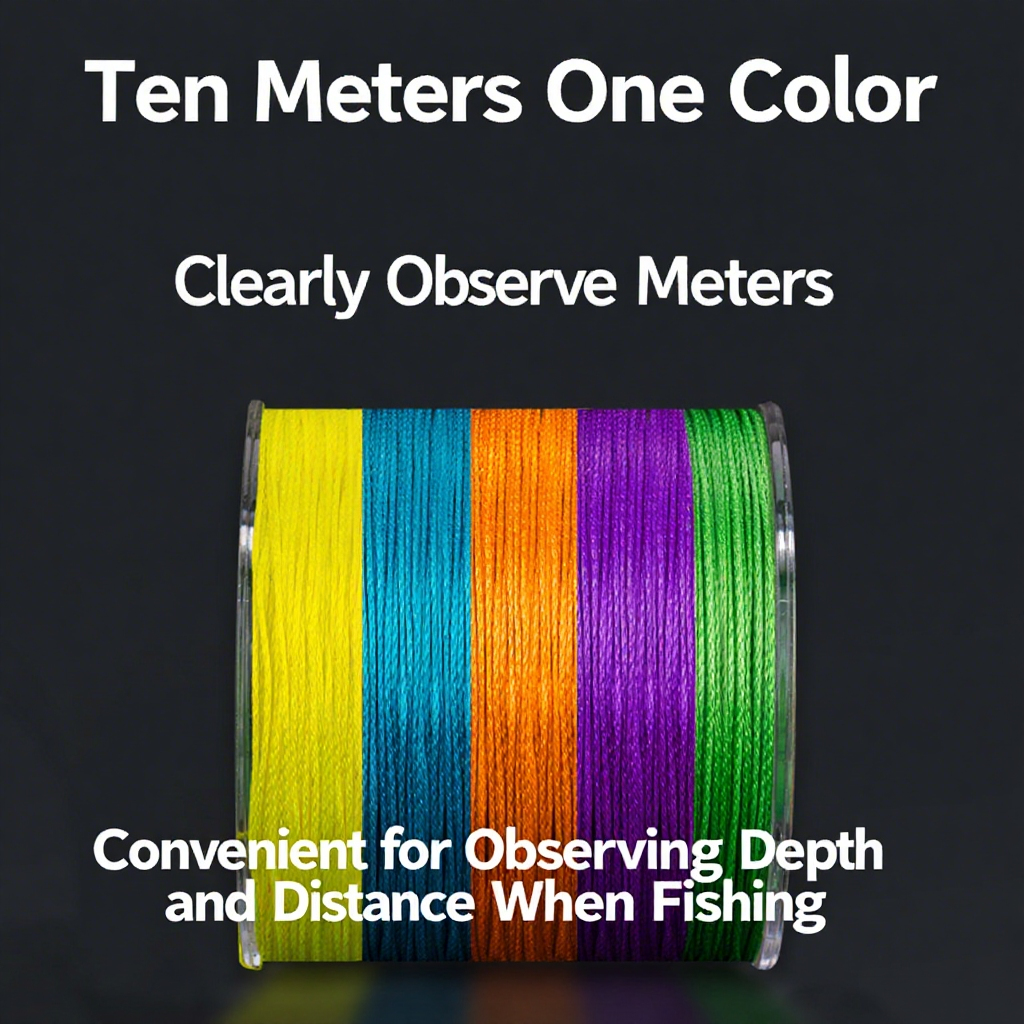
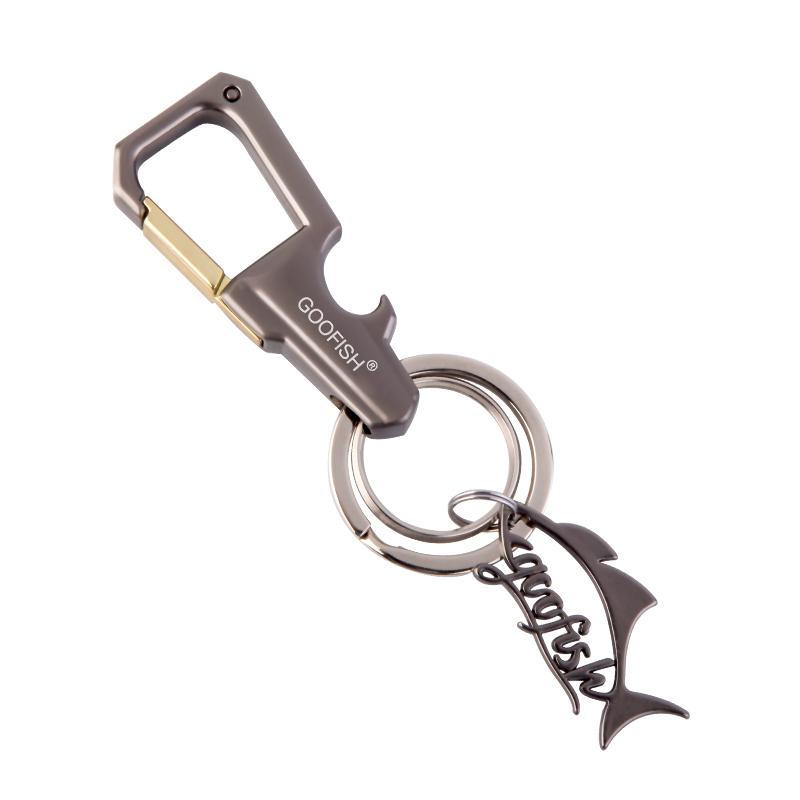



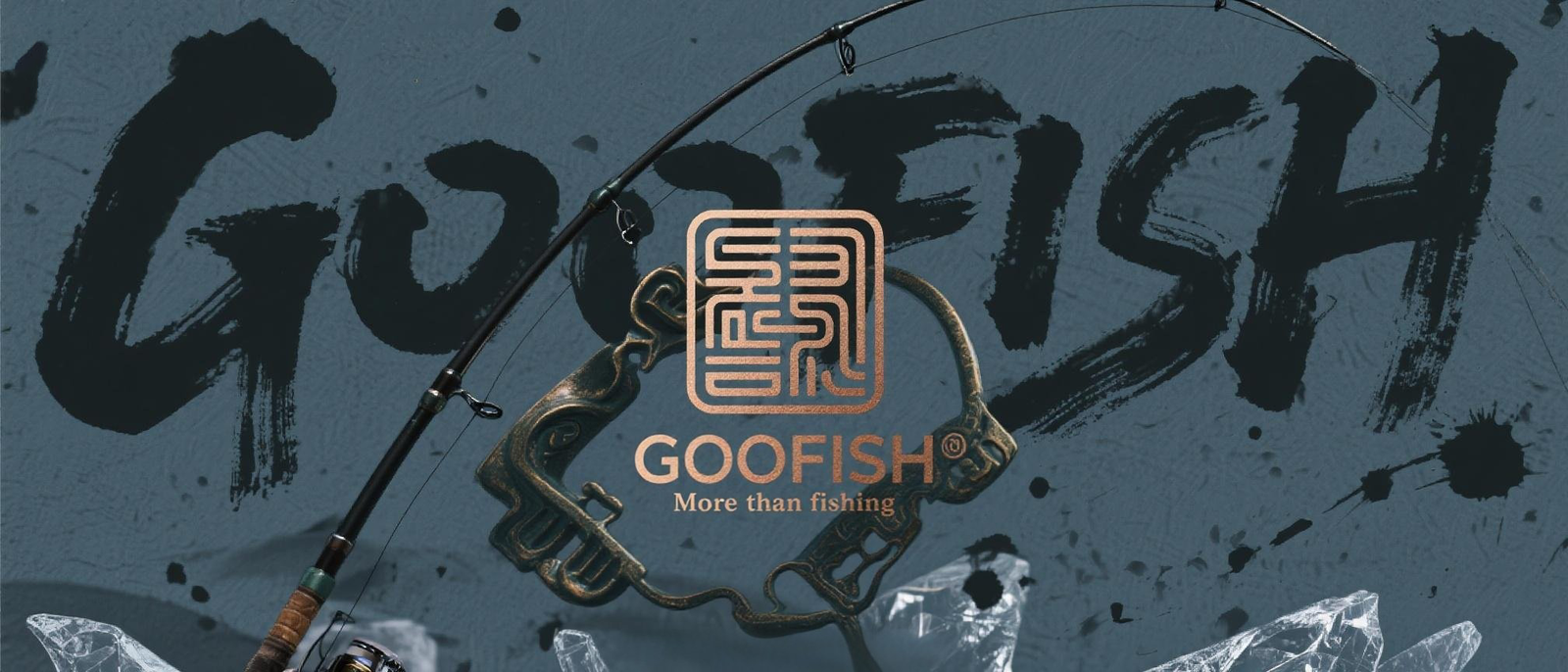
Leave a comment